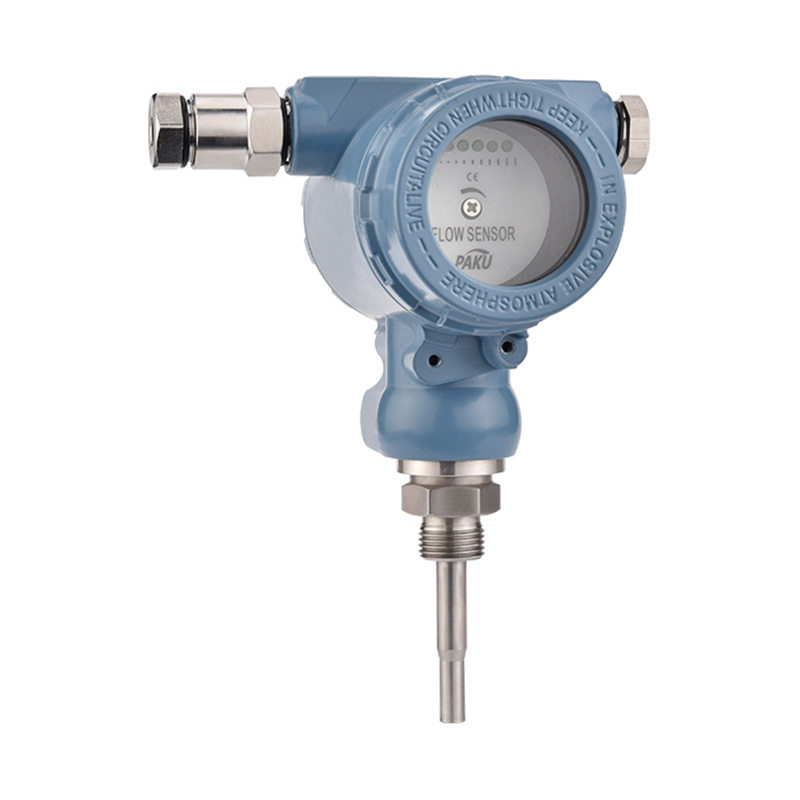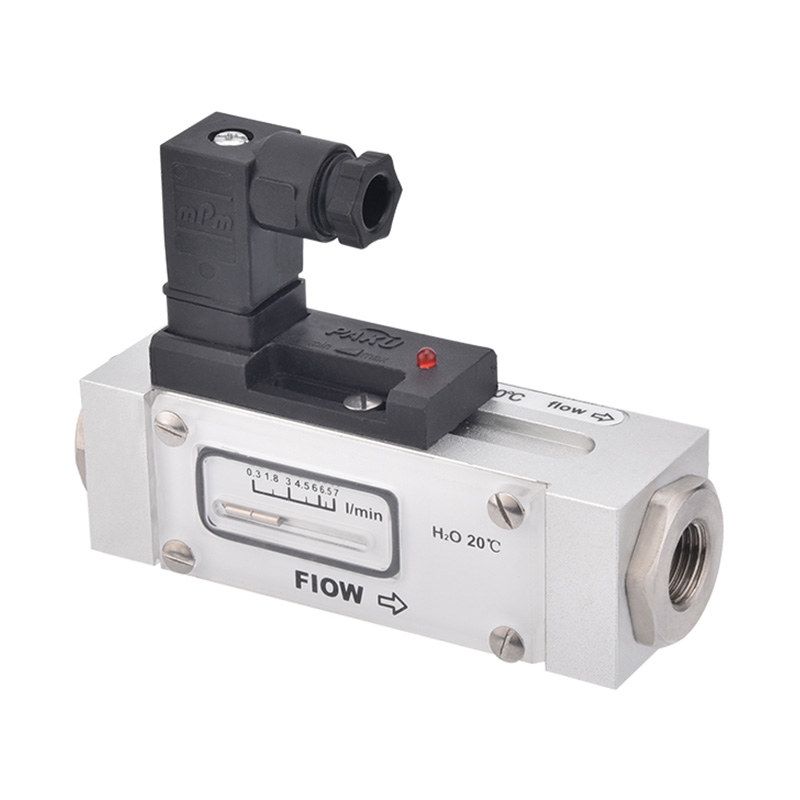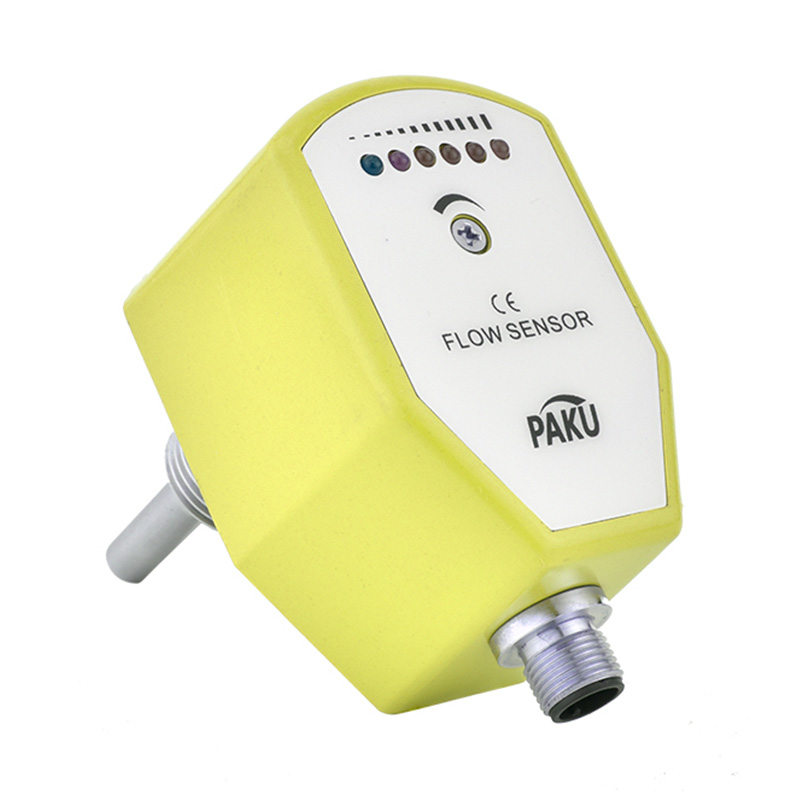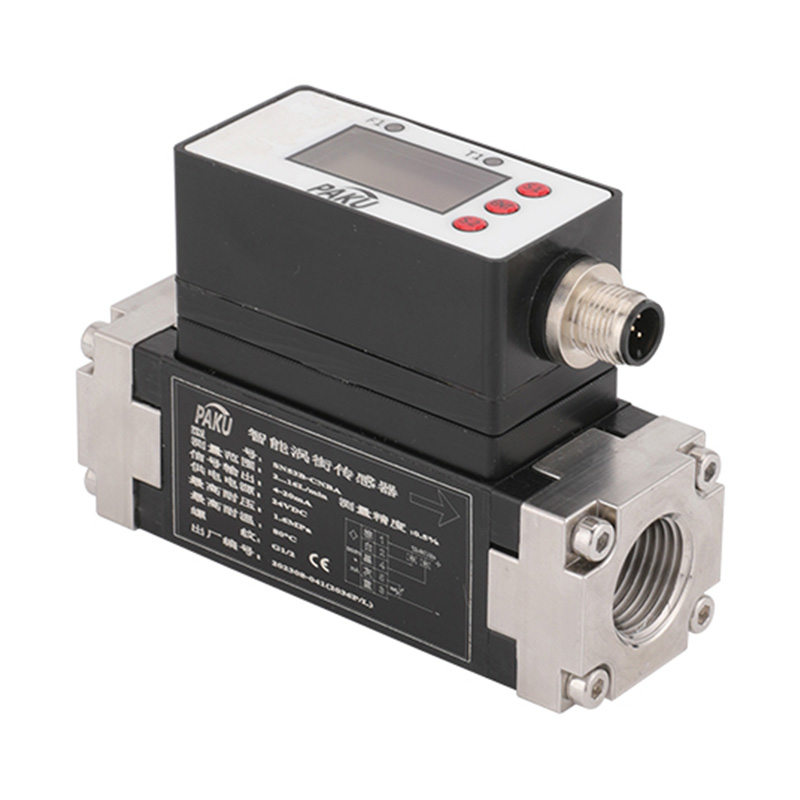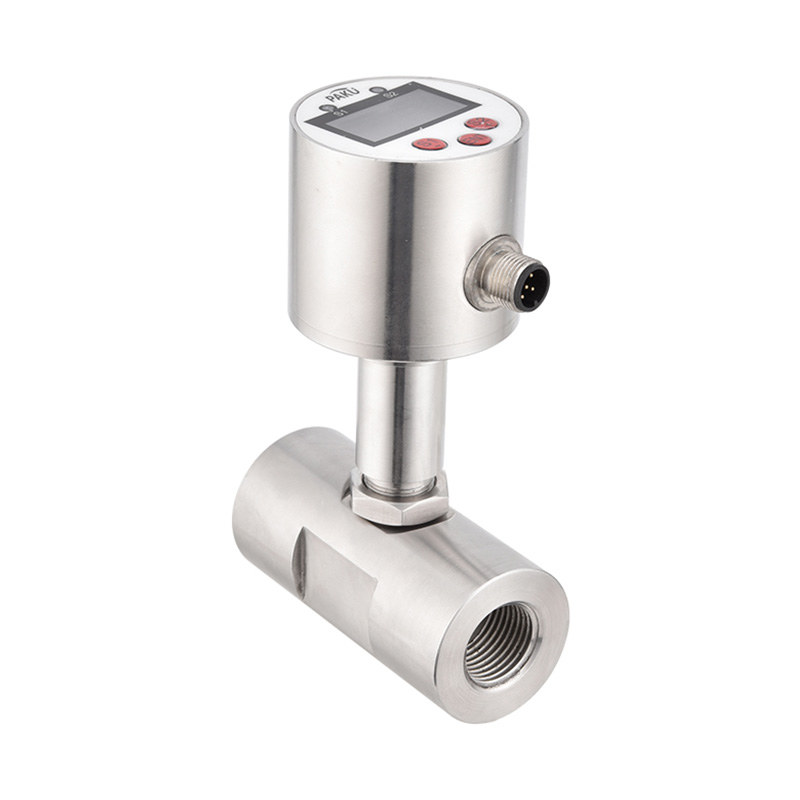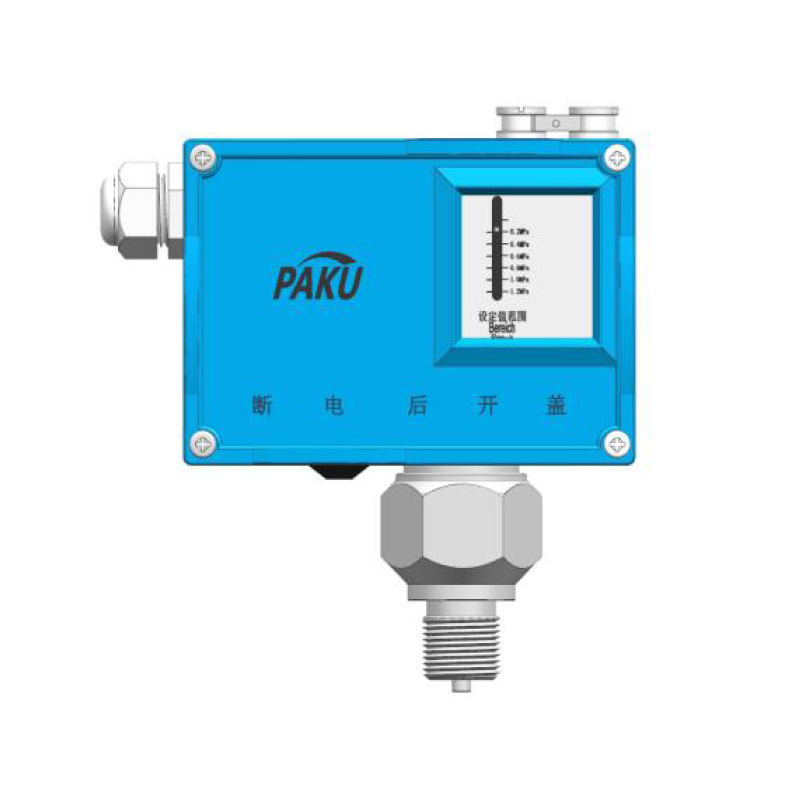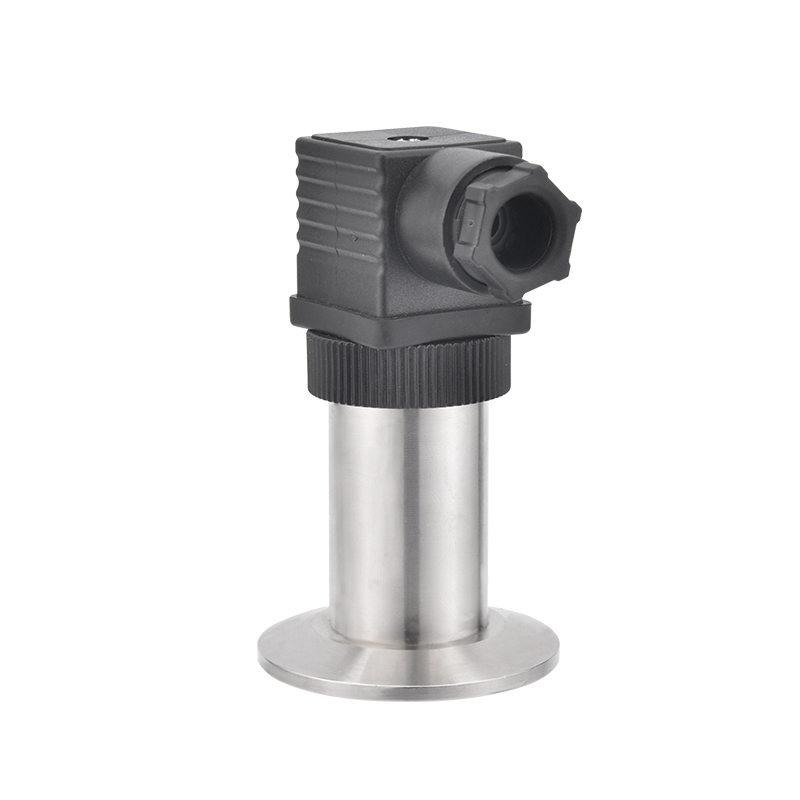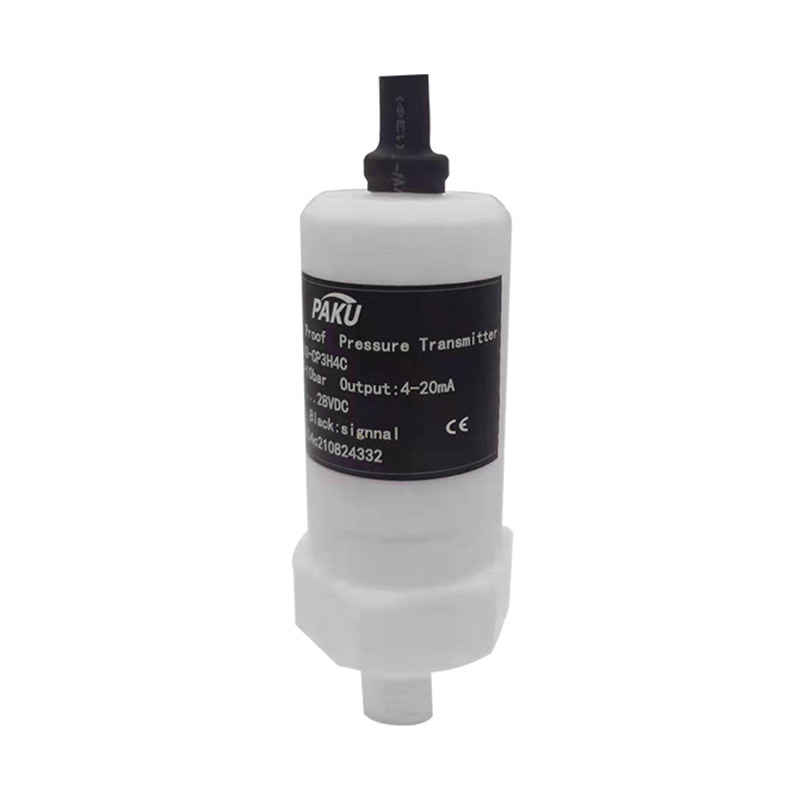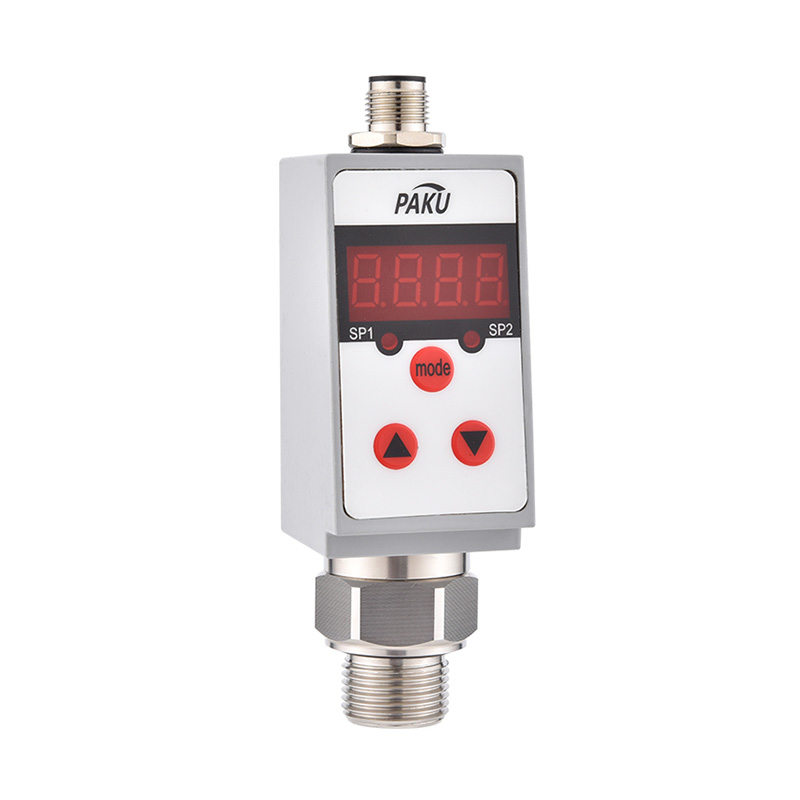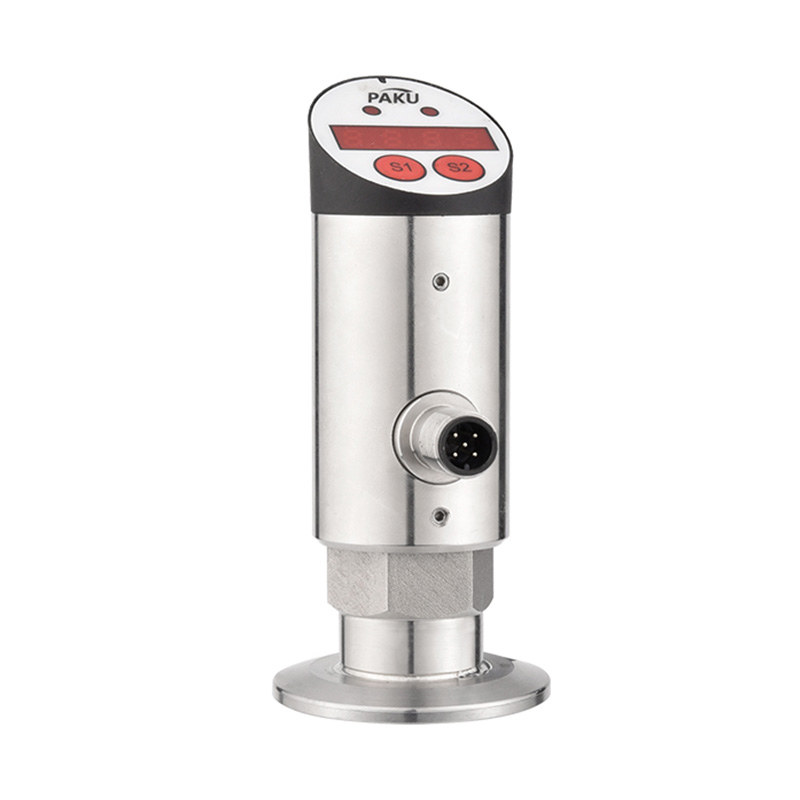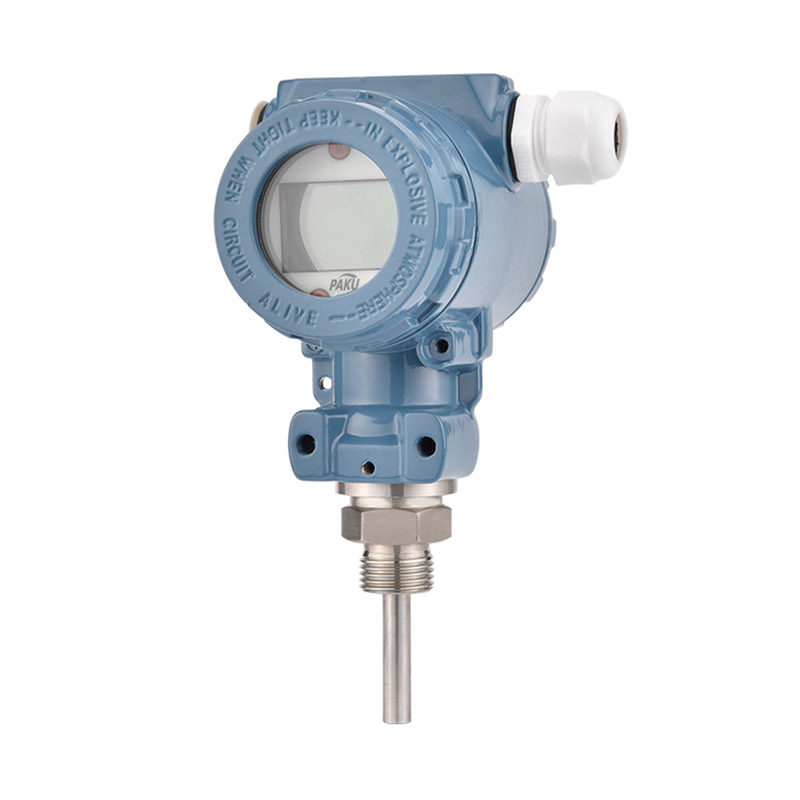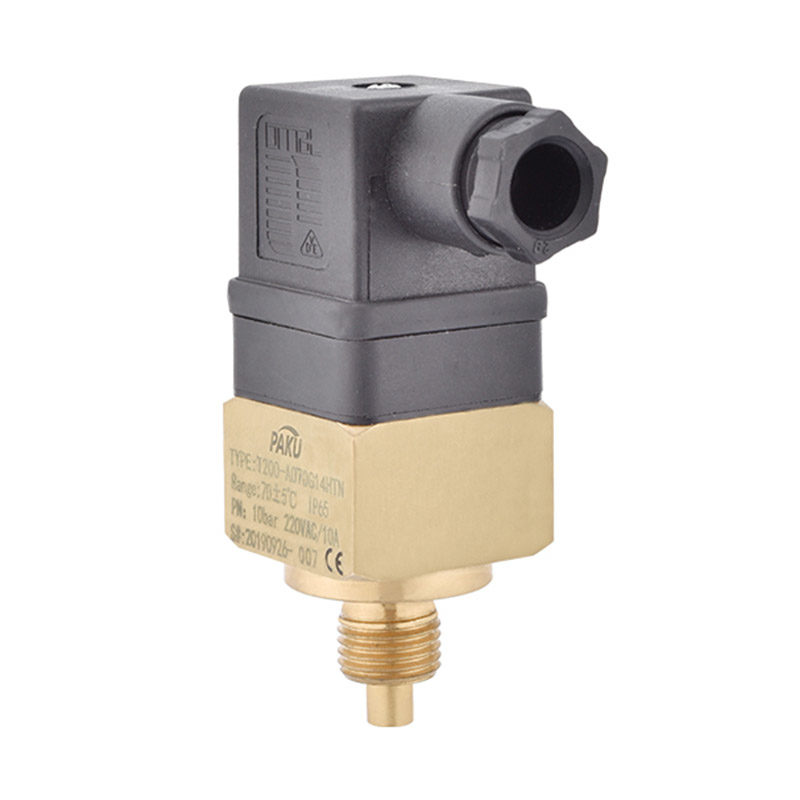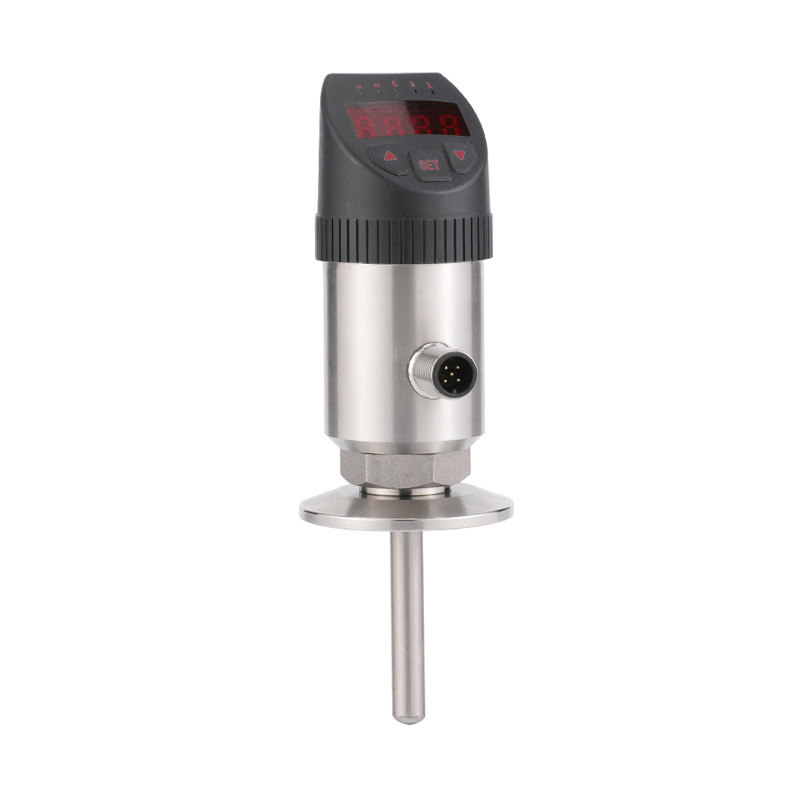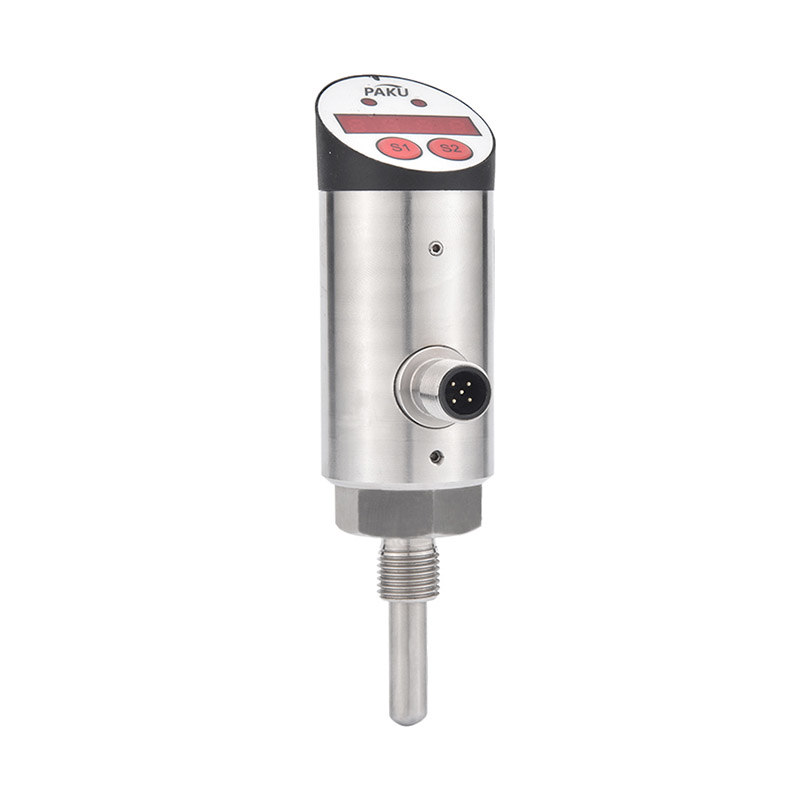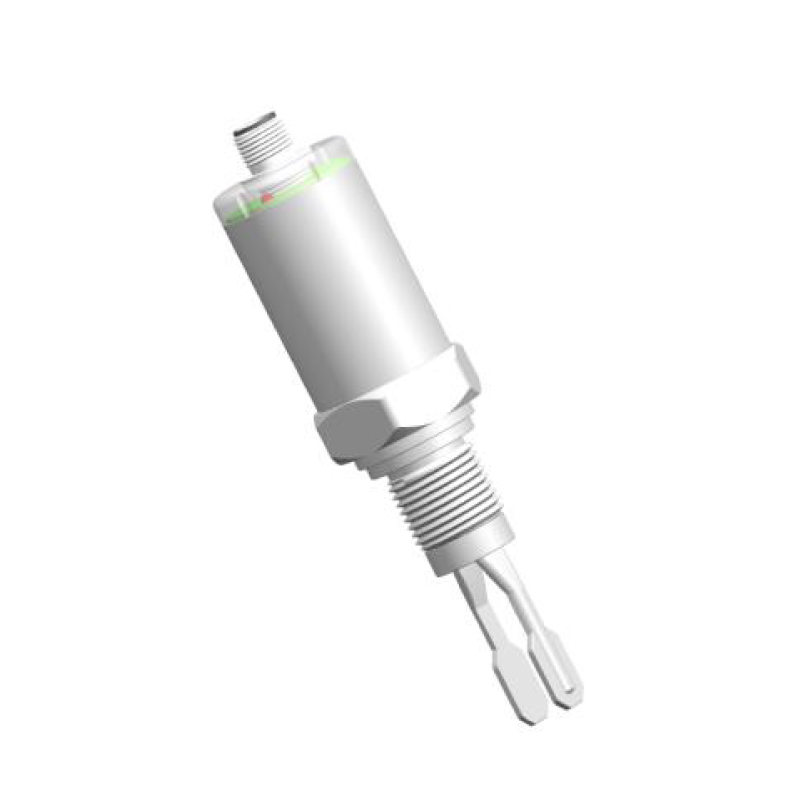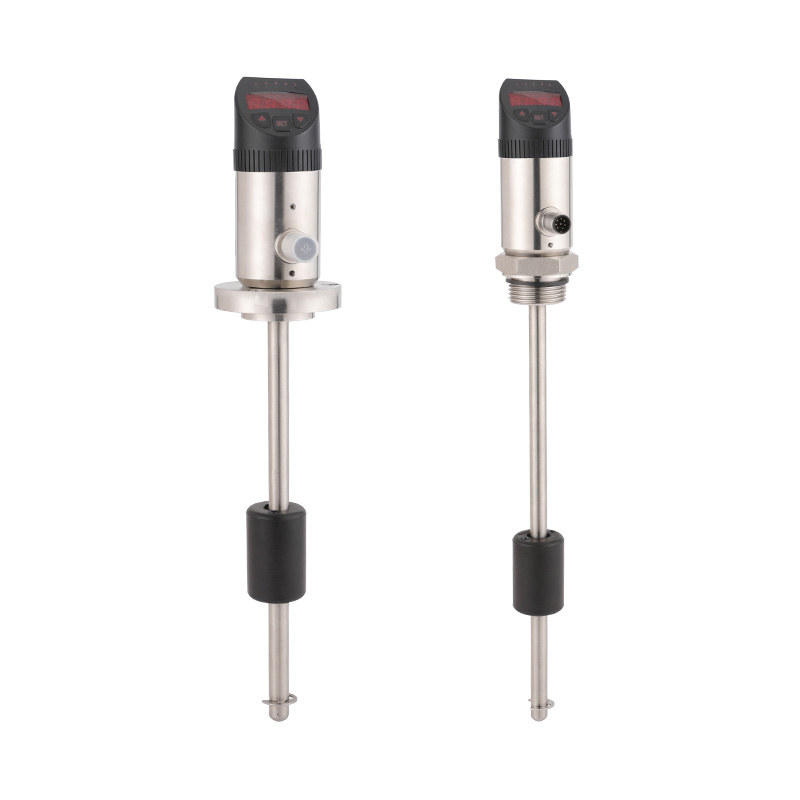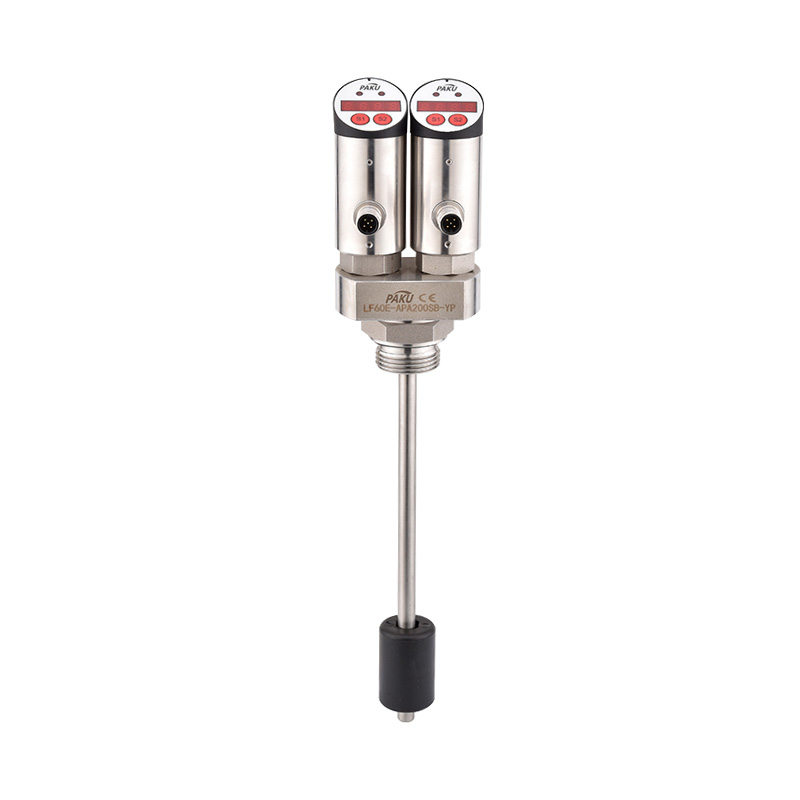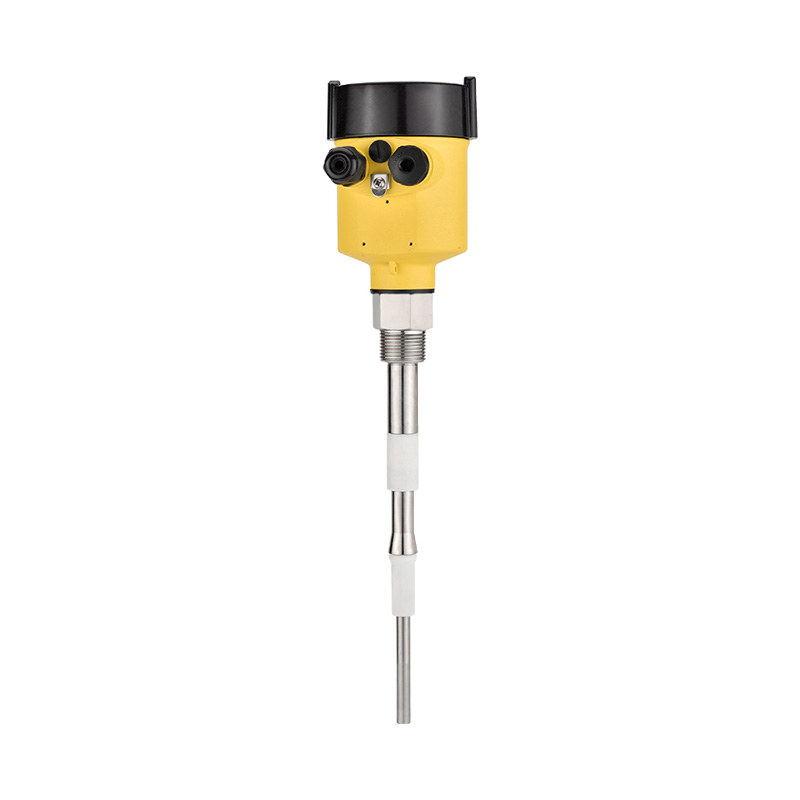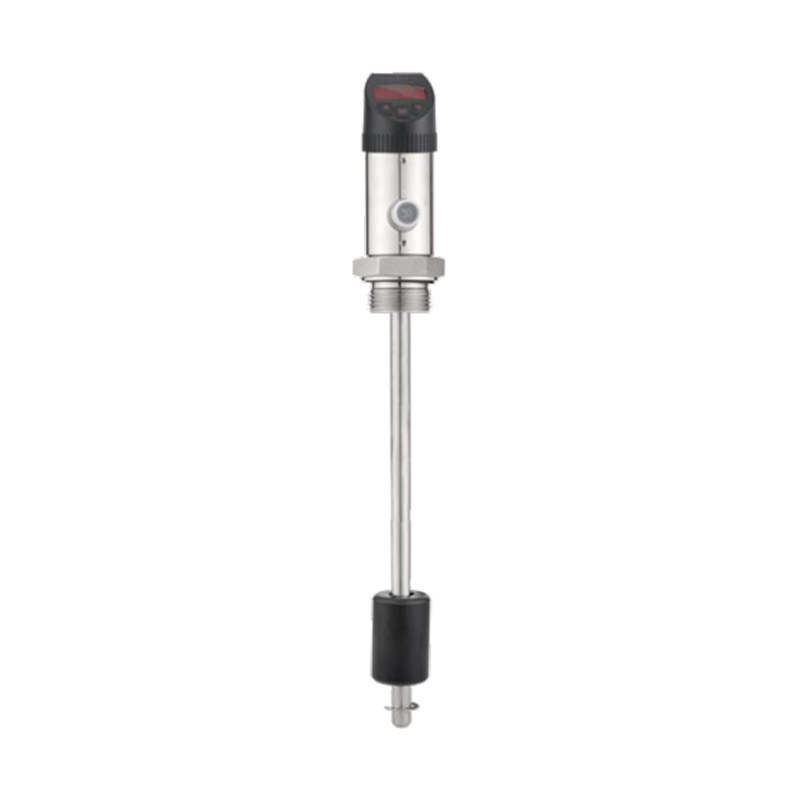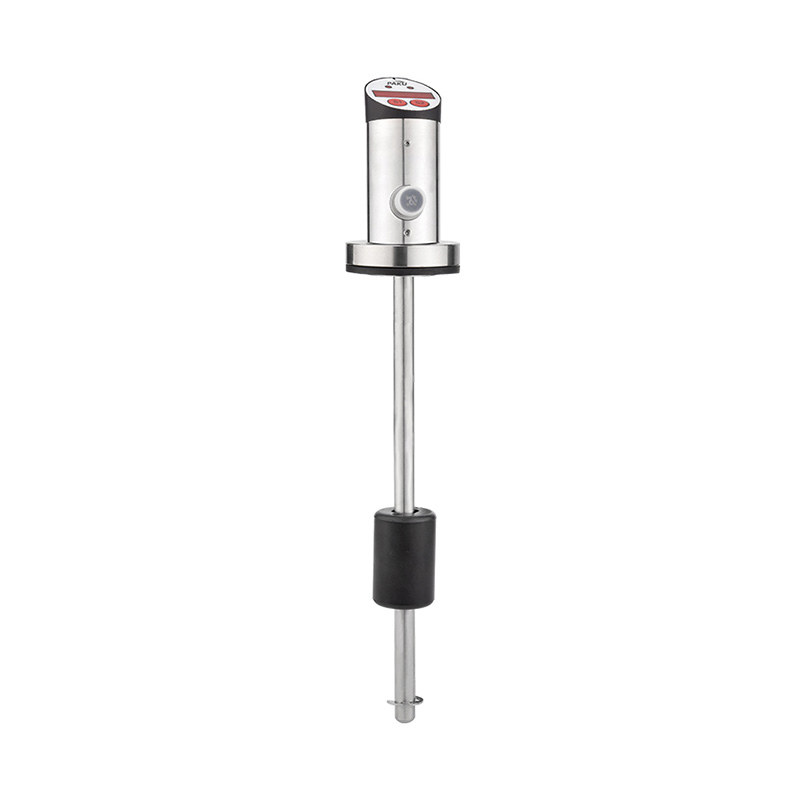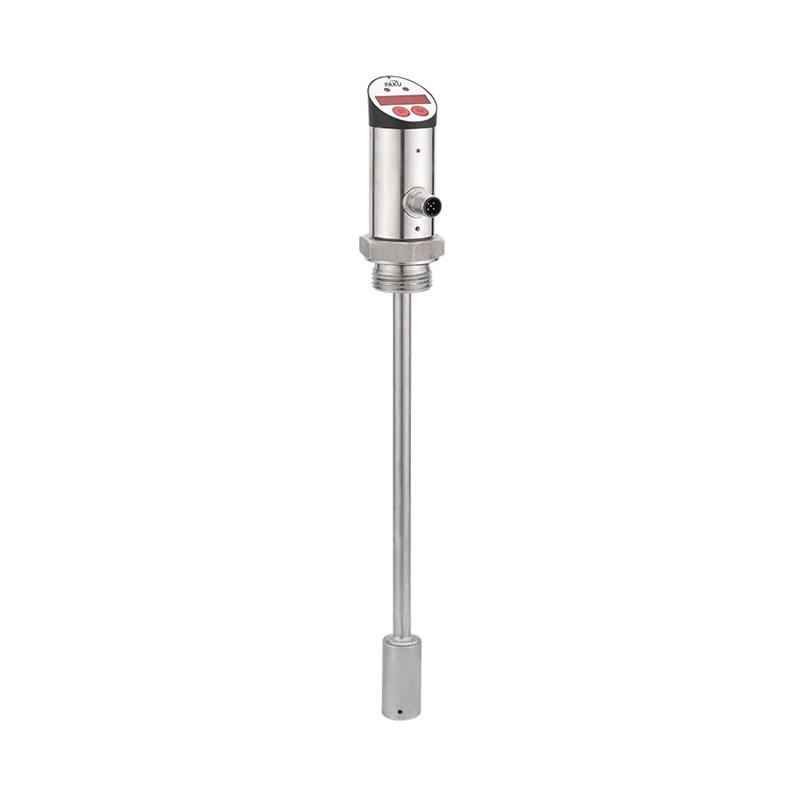If you need any help, please feel free to contact us
Are Liquid Level Equipment suitable for high-temperature liquids?
Introduction to Liquid Level Equipment
Liquid level equipment is essential for accurately monitoring and controlling liquid levels in tanks, pipelines, and industrial vessels. High-temperature liquids, such as molten chemicals, steam condensates, or hot oils, pose special challenges due to their thermal properties. Selecting suitable liquid level equipment for these applications requires careful consideration of material compatibility, temperature tolerance, sensor type, and installation techniques. This article explores the factors that determine whether liquid level equipment is suitable for high-temperature liquids.
Types of Liquid Level Equipment for High-Temperature Liquids
Several types of liquid level equipment can operate effectively in high-temperature environments, each with unique advantages and limitations. Choosing the right type depends on the specific temperature range, the chemical properties of the liquid, and the required measurement accuracy.
Float Level Sensors
Float level sensors use a buoyant device that moves with the liquid surface. For high-temperature liquids, floats are typically made from stainless steel, titanium, or other heat-resistant alloys. These materials maintain mechanical integrity and prevent deformation under thermal stress. However, extreme temperatures above 300°C may require specialized designs or additional cooling measures.
Capacitive and Conductive Sensors
Capacitive sensors measure liquid level by detecting changes in capacitance between two electrodes, while conductive sensors rely on liquid conductivity. High-temperature applications demand electrodes made from materials resistant to oxidation and corrosion, such as stainless steel or Hastelloy. Insulating components must also withstand thermal expansion to avoid sensor drift or failure.
Radar and Ultrasonic Sensors
Non-contact radar and ultrasonic sensors offer advantages for high-temperature liquids because they avoid direct immersion. Radar sensors emit microwave signals that reflect off the liquid surface, while ultrasonic sensors use sound waves. Both can measure liquids at elevated temperatures without being damaged, although insulation and sensor housing materials must protect internal electronics from heat.
Material Considerations for High-Temperature Liquids
The material of the liquid level equipment is crucial for reliable operation in high-temperature environments. Materials must withstand thermal expansion, chemical reactivity, and mechanical stress over time. Below is a comparison of commonly used materials:
| Material | Temperature Range | Advantages | Limitations |
| Stainless Steel | -50°C to 400°C | Corrosion-resistant, durable, widely available | May scale at very high temperatures |
| Titanium | -50°C to 600°C | High temperature tolerance, corrosion-resistant | Higher cost, limited availability |
| Ceramic Components | Up to 1000°C | Excellent thermal resistance | Brittle, may crack under mechanical stress |
Installation and Operational Considerations
Proper installation is essential for liquid level equipment to function correctly at high temperatures. Considerations include thermal expansion, insulation, and protective housings. Sensor placement should avoid direct exposure to extreme heat sources, and where possible, heat shields or cooling jackets can prolong equipment life. Routine maintenance ensures accuracy and prevents degradation caused by prolonged thermal exposure.
Cooling and Shielding
High-temperature liquids can damage sensitive components. Cooling jackets or heat shields reduce the temperature experienced by the sensor electronics. For example, radar sensors often require a cooling flange or isolation chamber to maintain operational integrity.
Calibration and Maintenance
Calibration is critical to ensure accurate measurements under thermal stress. Periodic verification against reference levels, along with cleaning to remove scale or deposits, maintains sensor reliability. Regular inspection of seals, gaskets, and insulation ensures long-term performance.
Advantages of Using Liquid Level Equipment in High-Temperature Applications
- Provides continuous, real-time monitoring of liquid levels even in extreme temperatures.
- Reduces the risk of overflow, dry-run, or thermal accidents in industrial processes.
- Supports automation and integration with control systems, enhancing process efficiency.
- Materials and designs specifically rated for high temperatures improve durability and lifespan.
Limitations and Challenges
Despite advancements, challenges remain when using liquid level equipment for high-temperature liquids. Extreme temperatures may accelerate wear on seals and gaskets, cause sensor drift, and limit the choice of materials. Non-contact sensors mitigate some issues, but require careful installation and protection against environmental factors like steam, vibration, or corrosive gases.
Conclusion
Liquid level equipment can be effectively used for high-temperature liquids if the proper sensor type, materials, and installation methods are chosen. Float, capacitive, conductive, and radar sensors each offer solutions depending on the temperature range and liquid characteristics. With careful consideration of material properties, thermal shielding, and routine maintenance, industries can safely and accurately monitor liquid levels, ensuring process control and operational safety in high-temperature applications.
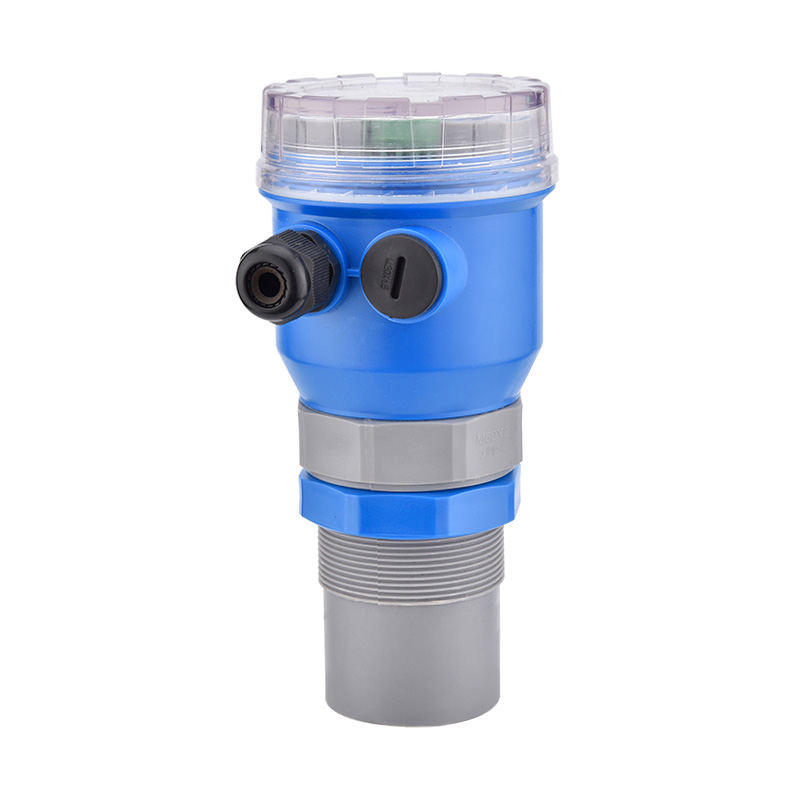

 en
en English
English Русский
Русский España
España عرب .
عرب .